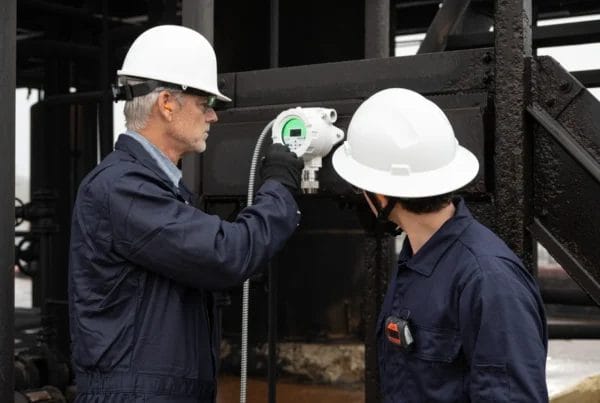
Health and Safety Executive release safety alert on exposure risks to diacetyl vapour (2,3 butanedione)
What is Diacetyl?
Diacetyl (IUPAC systematic name: 2,3 butanedione CAS: 431-03-8) is a by-product of coffee roasting that is often used as an additive in food products or a flavouring, due to its strong buttery taste. Heating diacetyl above certain temperatures significantly increases airborne concentrations and the potential for exposures above safe workplace limits.
What are the Health Risks Associated with Diacetyl?
Diacetyl vapours have been linked to ‘Bronchiolitis Obliterans’ a rare but incapacitating lung disease characterised by swelling, inflammation and permanent scarring and narrowing of the airways. Airborne concentrations and the potential for exposures above safe workplace limits are significantly increased if flavour mixtures containing diacetyl, even at low concentrations (below 5%) are heated, added to hot processes or spray-dried.
Who is at Risk from Diacetyl Exposure?
Diacetyl poses a risk to those working in the food and beverage industry. Risk of exposure can occur during:
- opening of diacetyl or flavouring containers
- decanting and weighing
- mixing
- spray drying to produce powdered mixtures
- packaging
- cleaning of vessels or spillages.
As part of the HSE Action Required steps, substituting diacetyl for a safer, alternative product is advised.
What are the Exposure Limits?
WELs for diacetyl are at 20 parts per billion (ppb) or 0.02 parts per million (ppm) over an 8-hr time-weighted average (TWA) and 100 ppb or 0.10 ppm over a 15-min TWA period.
What’s the Solution?
WELs for diacetyl were published in EH40/2005 Workplace Exposure Limits. Limits are at 20 parts per billion (ppb) or 0.02 parts per million (ppm) over an 8-hr time weighted average (TWA) and 100 ppb or 0.10 ppm over a 15-min TWA period. Suppliers’ safety data sheets for diacetyl or for mixtures containing diacetyl should list these WELs. the Control of Substances Hazardous to Health (COSHH) Regulations 2002 (as amended) require employers to ensure work-related exposure is assessed, prevented or adequately controlled so that it is below the WELs.
Due to its low exposure limit, ION Science would recommend the Tiger XT with PPB sensitivity and a 10.6 eV lamp. The Tiger XT has a minimum sensitivity of 1 ppb and can detect 2,3 butanedione with a measured response factor of 0.86.
For more information on the Tiger XT, download the brochure below.
Contains public sector information published by the Health and Safety Executive and licensed under the Open Government Licence.








 United Kingdom
United Kingdom






